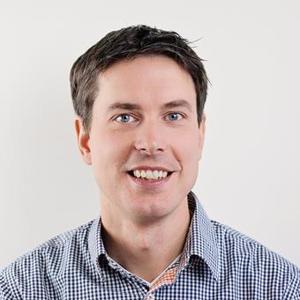A comprehensive assessment is achieved by analyzing data from both spectroscopic and lased Doppler based techniques using advanced photon propagation models. This includes Monte Carlo simulations, multi-dimensional optimization algorithms and parallel processing for a massive computational speed-up.
Theoretical and applied biomedical optics
The speed of moving red blood cells can be assessed by analyzing the Doppler effects in light that has been backscattered from a laser illuminated tissue. Until recently only relative speed estimations have been possible by analyzing either spatial and temporal variations in the laser speckle pattern that is formed by the backscattered light. My current research focuses on how to improve both the hardware and the mathematical models to enable quantitative estimations of flow speed in single point measurements or images. This includes novel camera-based setups where images are acquired and processed at extreme frame rates.
By combining laser Doppler techniques with white light spectroscopy a more comprehensive assessment of the microcirculation can be attained. My research within white light spectroscopy mainly focuses on how the unique spectral characteristics of oxygenized and reduced hemoglobin can be used to quantify the blood saturation. This includes state-of-the-art inverse Monte Carlo algorithms that accounts for both hardware related limitations and inter-individual variations in the tissue optical and geometrical properties.
Present commissions
- Director of Undergraduate Studies
Degrees
- MSc, Applied Physics and Electrical Engineering, 1999
- PhD, Biomedical Instrumentation, 2006
Undergraduate teaching
My teaching activities at the Department of Biomedical Engineering mainly includes project courses with a strong CDIO (Conceive-Design-Implement-Operate) focus. I’m also acting as a teacher in courses that include modeling and simulation of photon transport in tissue:








